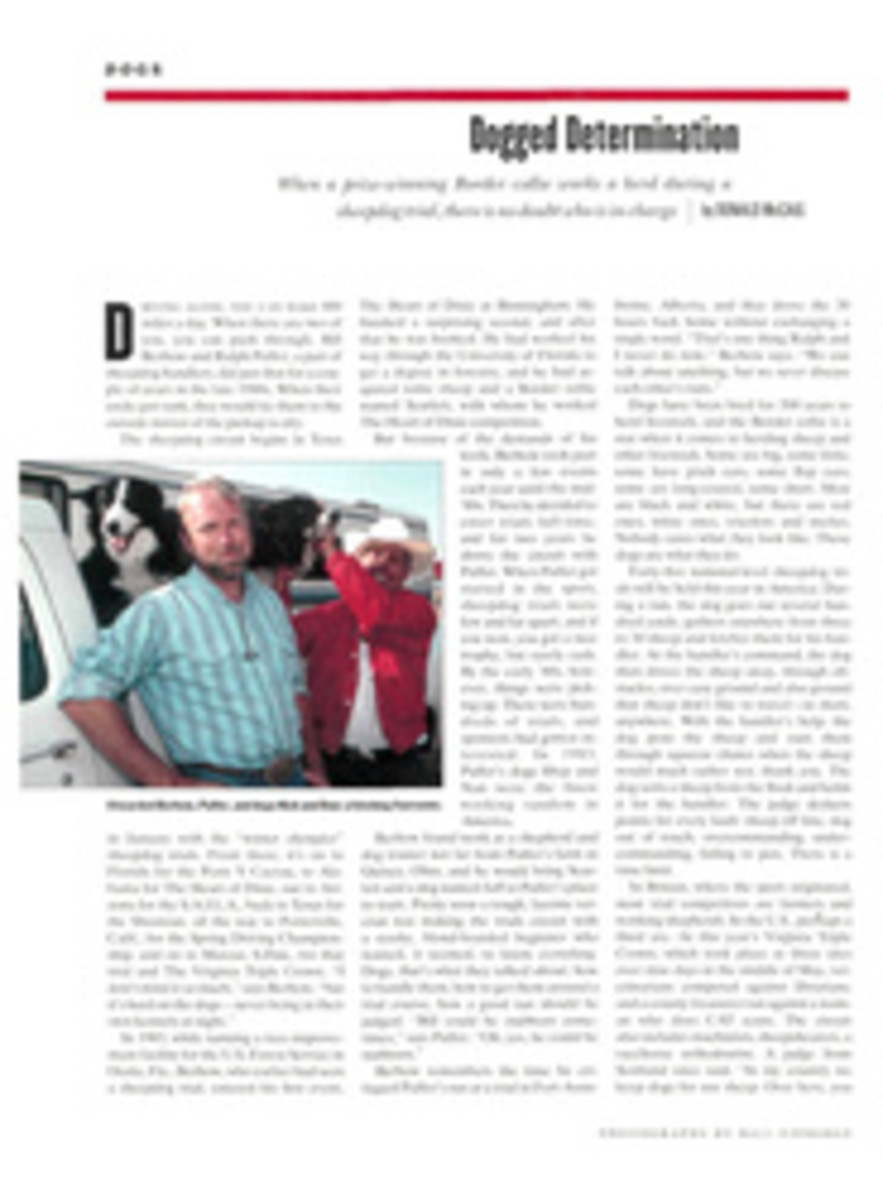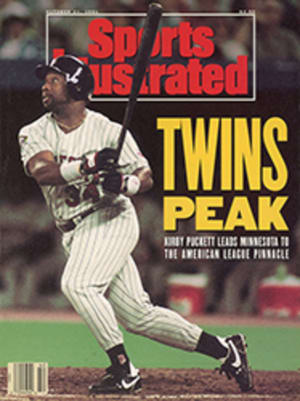
Art You Can Really Get Into
Lance Richbourg is streaking like Joe DiMaggio in mid-1941. No, not the Lance Richbourg who batted .308 as an outfielder for the Boston Braves and three other teams in the '20s and '30s. The man on a hot streak is his son, a baseball artist out of Burlington, Vt. Lance Richbourg, 53, had a painting in the popular art show Diamonds Are Forever, which toured 10 cities from the fall of '87 through the spring of '90. His seventh exhibit, at New York City's O.K. Harris Gallery, ran from March 9 through 30. He receives uniformly good reviews. And of late his art has become very popular indeed. It is visible all over the country and available to anyone for as little as $15.
Since May 1990, Richbourg's paintings have been reproduced on that most pedestrian of canvases, the T-shirt. On cloth as well as on canvas, his renderings of Walter Johnson, Shoeless Joe Jackson, Satchel Paige and others are notable for their detail and lack of sentimentality. "The T-shirt is my favorite form of reproduction," says Richbourg. "I don't care for the more 'accurate' lithographs that appear in catalogs and magazines, because they don't look like the paintings. On a T-shirt you can see the image without people taking it as a replica of the painting. T-shirts have a validity and texture of their own."
Apparently the public agrees. At the annual convention of the Society for American Baseball Research in July 1990, the 481 attendees bought 180 Richbourg shirts. By year's end, sales topped 50,000, and since the beginning of '91, 10,000 shirts have been shipped to Japan.
All of which is nice, but Richbourg, who commands as much as $18,000 a painting, has found the nonmonetary rewards even more pleasing. One of Walter Johnson's daughters said. "This is the only thing that has done justice to my handsome father." Ty Cobb biographer Charles Alexander was pleased to buy the Georgia Peach in 100% cotton.
"Maybe the best thing about selling the T-shirts is that I've learned a lot about my father from letters people have written me," says Richbourg. "I was born the year after he retired from baseball, so I never saw him play. He died in 1973, and I didn't become a real baseball fan for another year or two. I would like to have talked to him about his career. But these letters have filled me in."
The younger Richbourg grew up on a north Florida ranch and attended UCLA, earning a B.A. in 1960 and a masters in fine art in '65. He taught fine art at Cal State-Northridge from 1964 to '70 and during that time began painting expressionistic, cartoonlike send-ups of cowboys because he was interested in "the lurid tastelessness of the Wild West genre." While his peers were dabbling in minimalism, he was doing portraits.
"I found an old photo of my father sliding home, and decided to paint an oil of it in the same style as I did the cowboys. A friend said, 'It looks like he's sliding into a pizza.' So I gridded it out and made it more real. I finished it after two years' work, in 1971, and my father got a kick out of it. I figured, Why not another baseball painting? And another? They became a show."
During the summer of 1987, Richbourg was sitting in the stands with friends watching the Vermont Reds, a Double A team that had a four-year stay in Burlington during the 1980s. At some point, talk veered from the game. Richbourg turned to one of his companions. Wayne Turiansky, and said, "Why don't you put my paintings on some of your T-shirts?"
A former college English instructor and '60s renegade, Turiansky, now 43, had built a wooden press from scrap plywood after reading How to Print T-Shirts for Fun and Profit. Then he learned silk screening from the Whole Earth Catalogue. In 1981 he founded Amalgamated Culture Works, which is now a thriving T-shirt company.
Sitting in his studio with Turiansky at St. Michael's College, in nearby Winooski, where he teaches four art courses a semester, Richbourg contemplates his next work. Ted Williams, Hack Wilson and others stare down from a dozen or so large canvases, some unfinished. Richbourg is particularly enthralled with a photograph of Cleveland Indians catcher Sandy Alomar Jr. Chasing a pop-up, Alomar seems to be dancing on air. "There's no movement in any sport like the kind you find in baseball," says Richbourg.
To order the shirts or a catalog, call 800-272-2066. Fifty cents from the sale of each shirt goes to the Baseball Assistance Team for needy former players.
PHOTO
WEBB CHAPPELL
Richbourg has put Yankee Stadium on canvas and on his T-shirts.
Jim Kaplan is the author of "The Giants," a history of the National League franchise.

